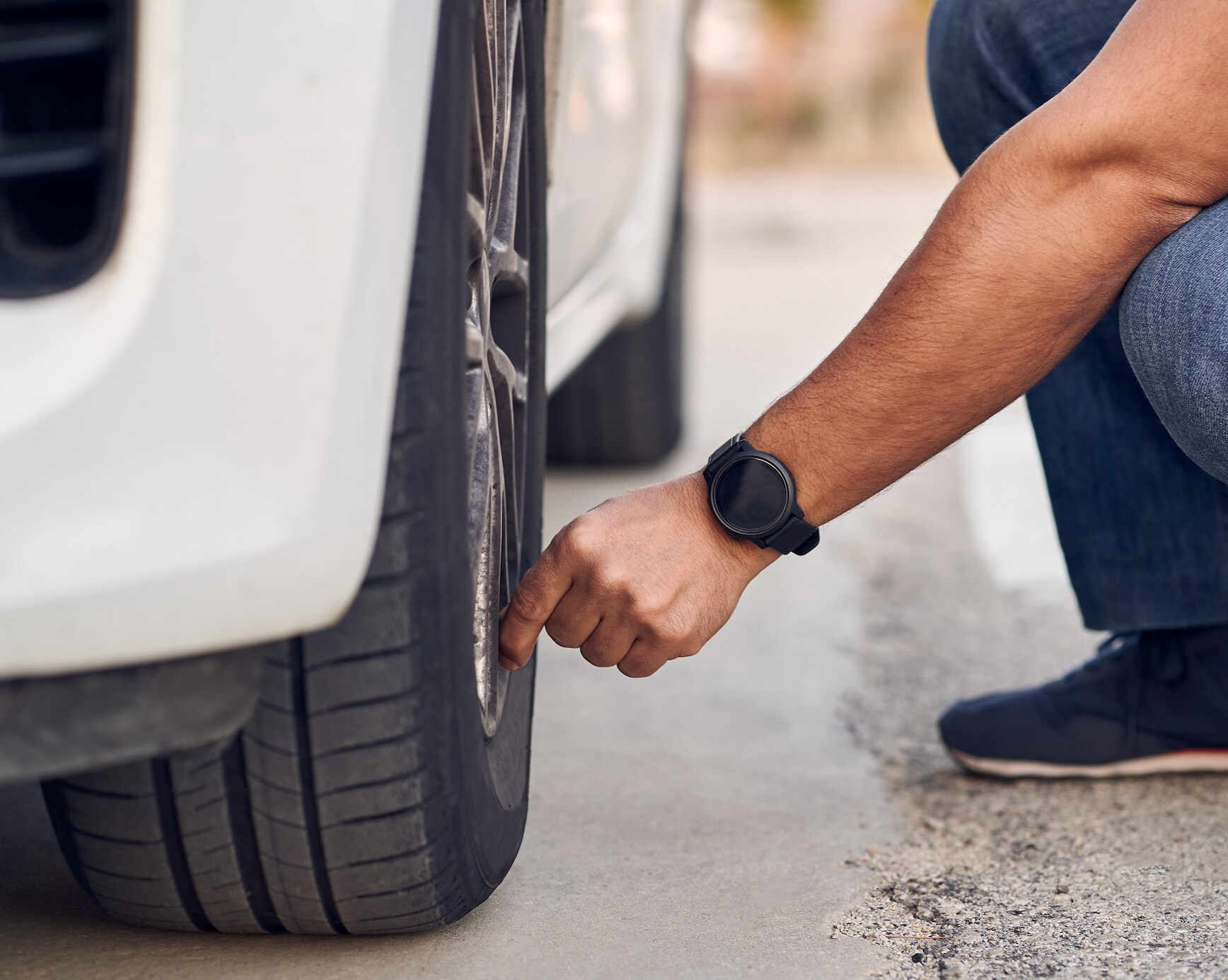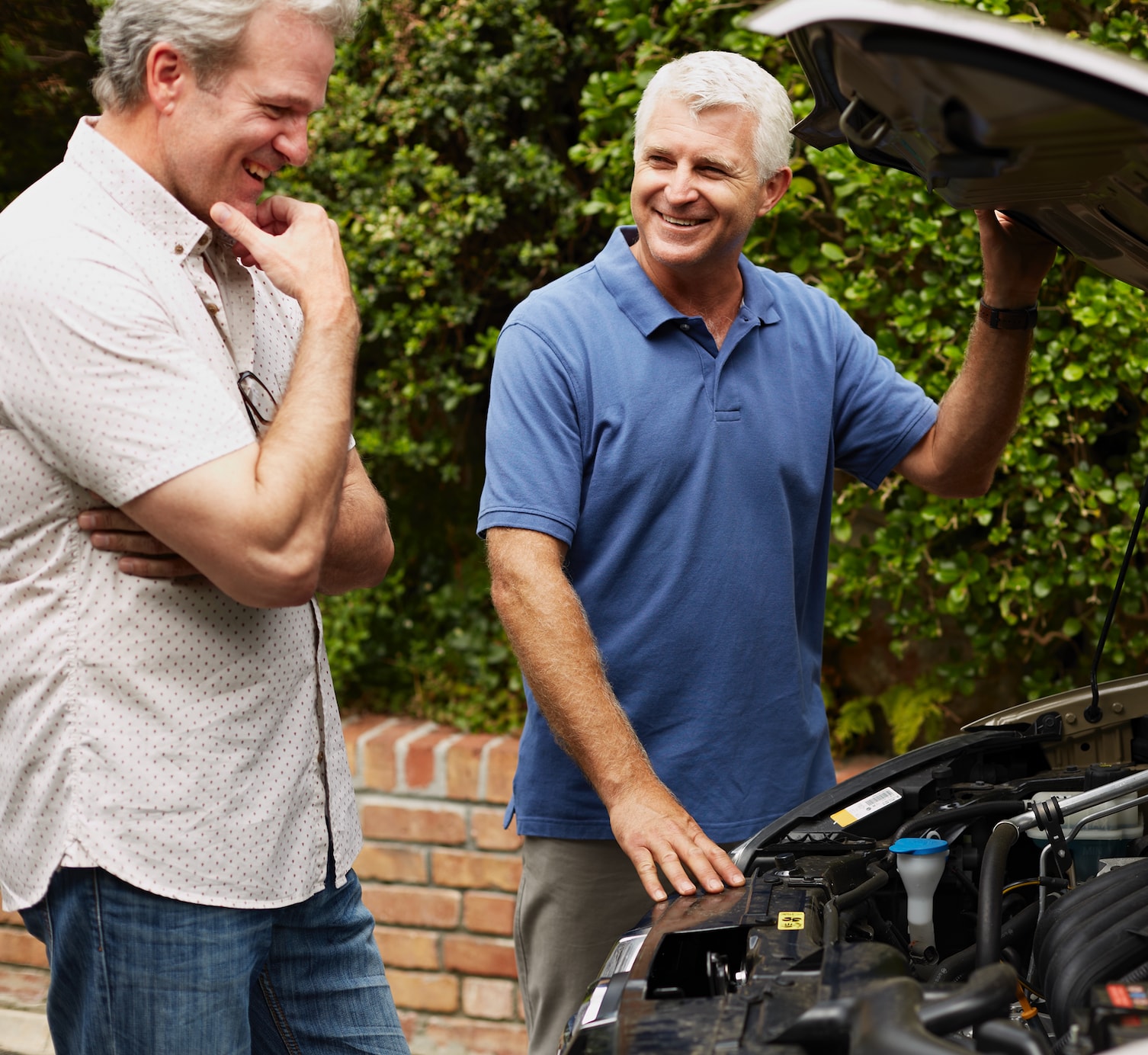When you buy a used car it's important to know what you're buying. If you are seriously considering a purchase, use the Vehicle Identification Number (VIN) to run a Vehicle History Report on the car to make sure there are no costly hidden problems. You can learn how to find your VIN here. The report will tell you how many owners the car has had, its accident history, and how it was serviced and maintained. If you are buying from a dealership, the Vehicle History Report is often provided to you free of charge.
You will also want to have a mechanic you trust perform an inspection of the car to check the overall condition of the vehicle from the brakes and suspension to the engine, transmission, and to look for any possible future problems that you might have. Mileage and vehicle history of that particular make and model will often alert a mechanic to when components fail such as the water pump, fuel pump, various sensors, the catalytic converter and so forth. Besides having the car's history report and advice from a mechanic, you need to know how to carry out a basic used car inspection yourself. What do you look for around the car and under the hood, and what kinds of things raise a red flag? Let's find out.






